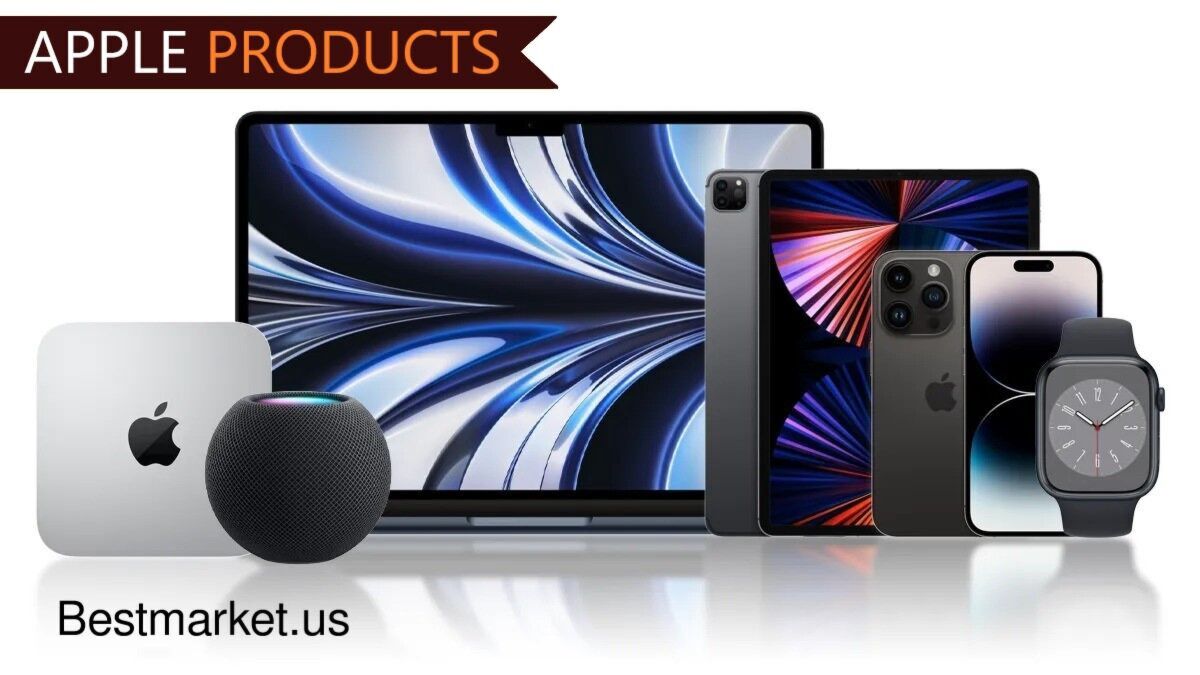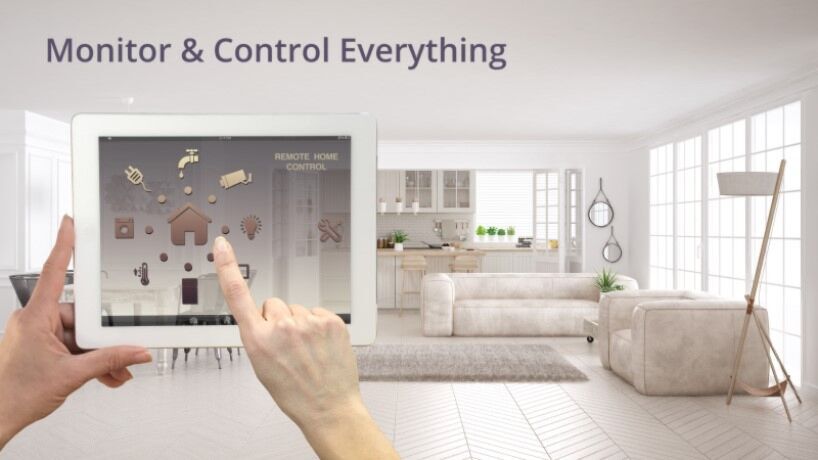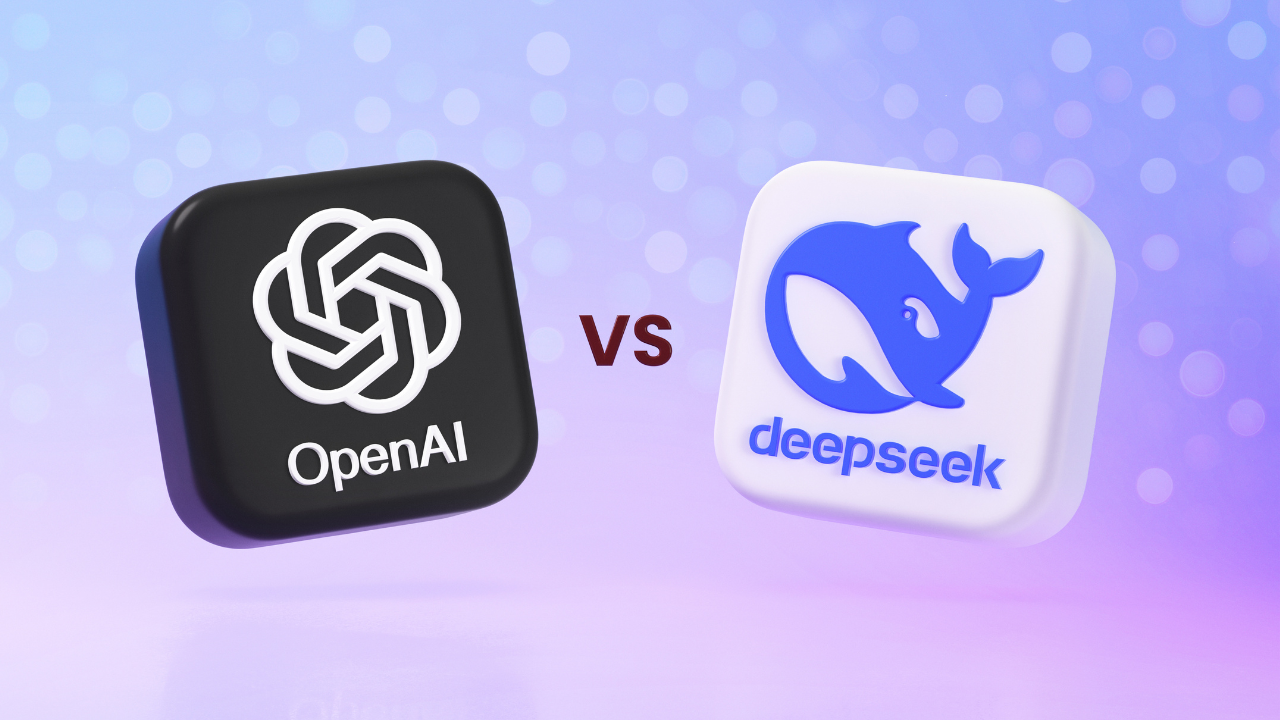Local Storage seems to be disabled in your browser.
For the best experience on our site, be sure to turn on Local Storage in your browser.
Apple products

Apple productsare known for their sleek design
1. Introduction to Apple Products
Apple Inc., the iconic technology company founded by Steve Jobs, has revolutionized the world with its innovative and cutting-edge products. From the early days of personal computers to the advent of mobile devices and wearables, Apple has consistently pushed the boundaries of technology, design, and user experience. This article explores the diverse range of Apple products, their evolution over time, key features and innovations, popular offerings in the market, the seamless integration within the Apple ecosystem, user experience and design philosophy, their impact on business and education, and a glimpse into the future outlook of this tech giant. Let's delve into the captivating world of Apple products and discover what makes them stand out in the ever-evolving tech landscape.
1. Introduction to Apple Products
1.1 The Apple Brand
When it comes to technology, few names are as recognizable as Apple. The iconic logo of a half-bitten apple has become synonymous with sleek design and cutting-edge innovation. Apple has built a reputation for creating products that not only meet our technological needs but also appeal to our desire for style and simplicity.
1.2 Apple's Impact on the Tech Industry
Apple has had an undeniable impact on the tech industry, revolutionizing the way we interact with and use technology. From the introduction of the Macintosh computer in the 1980s to the game-changing iPhone, Apple has consistently pushed boundaries and set new standards for user experience and design. Their commitment to excellence has forced other companies to up their game and strive for the same level of innovation.
2. Evolution of Apple Products
2.1 Early Apple Computers
Apple's journey began in the late 1970s with the release of the Apple I and Apple II computers. These early machines laid the foundation for what was to come, showcasing Apple's dedication to user-friendly interfaces and intuitive design.
2.2 Introduction of Macintosh and the GUI
In 1984, Apple introduced the Macintosh, a groundbreaking computer that featured a graphical user interface (GUI). This revolutionary interface made computers more accessible to everyday users and set the stage for the future of personal computing.
2.3 Transition to Mobile Devices
With the launch of the iPod in 2001, Apple showed its ability to disrupt entire industries. The iPod revolutionized the way we consume music, making portable music players a must-have accessory for everyone. Building upon this success, Apple ventured into the mobile phone market with the game-changing iPhone in 2007, forever changing the way we communicate and interact with our devices.
3. Key Features and Innovations
3.1 Seamless Integration of Hardware and Software
One of Apple's key strengths lies in its ability to seamlessly integrate its hardware and software. This harmonious relationship between the two allows for a more optimized and efficient user experience, ensuring that Apple products just work, right out of the box.
3.2 Siri and Voice Recognition Technology
Apple's introduction of Siri, its voice recognition assistant, brought a new level of convenience and interactivity to its devices. From setting reminders to answering questions, Siri makes our lives easier by responding to voice commands and providing helpful information.
3.3 Touch ID and Face ID
Apple has also led the way in biometric security with its Touch ID and Face ID technologies. These features allow users to unlock their devices or authenticate purchases with a simple touch of a finger or a quick glance, adding an extra layer of privacy and convenience.
4. Popular Apple Products in the Market
4.1 iPhone
The iPhone needs no introduction. It has become the benchmark for smartphones, offering sleek design, powerful performance, and a user-friendly operating system that keeps millions of users connected and entertained.
4.2 MacBook
The MacBook lineup has become the go-to choice for those seeking a reliable and stylish laptop. With its lightweight design, impressive battery life, and seamless integration with other Apple devices, the MacBook is a favorite among students, professionals, and creative individuals alike.
4.3 Apple Watch
The Apple Watch has redefined what a smartwatch can do. From fitness tracking and heart rate monitoring to receiving notifications and making calls, the Apple Watch has become an essential accessory for those looking to stay connected and maintain a healthy lifestyle. In conclusion, Apple products have had a profound impact on the tech industry, consistently pushing boundaries and setting new standards for innovation. With a focus on seamless integration, user-friendly interfaces, and standout features, Apple has created a loyal following that eagerly awaits its next groundbreaking product. Whether it's the iPhone, MacBook, or Apple Watch, Apple continues to captivate users with its blend of style, simplicity, and technological prowess.
5. Apple Ecosystem and Integration
When it comes to creating a seamless user experience, Apple has perfected the art of integration. Their ecosystem of products and services work together like a well-oiled machine, making it easy to sync and access your data across multiple devices.
5.1 iCloud and Synchronization
With iCloud, Apple users can effortlessly store and synchronize their photos, videos, files, and more across all their devices. Whether you're snapping pictures on your iPhone, editing them on your iPad, or accessing them on your Mac, everything stays in sync without any extra effort on your part. It's like magic, but with cloud storage.
5.2 Continuity and Handoff
Continuity and Handoff take the integration game to the next level. Imagine you're working on a document on your Mac, but you need to step out. With Handoff, you can seamlessly continue editing that same document on your iPhone or iPad without missing a beat. It's like having your work follow you around, except without the creepy stalker vibe.
5.3 Apple Pay and Apple Wallet
Gone are the days of digging through your wallet for the right card or fumbling with cash. Apple Pay and Apple Wallet have revolutionized the way we make payments and store our important cards and passes. Whether you're buying a latte at your favorite coffee shop or boarding a flight, a simple tap or a wave of your iPhone or Apple Watch is all it takes. It's fast, convenient, and a lifesaver for those of us who can't keep our wallets organized.
6. User Experience and Design Philosophy
Apple is known for its user-friendly interfaces and attention to design. Their philosophy puts simplicity and intuitive interactions at the forefront, making their products a joy to use.
6.1 Simplicity and Intuitive Interfaces
Apple products are designed with simplicity in mind. The interfaces are clean, uncluttered, and easy to navigate, even for the technologically challenged among us. No need to decipher complicated menus or struggle with unnecessary features. Apple keeps it straightforward, so you can focus on what you want to do, whether it's sending a message, browsing the web, or binge-watching your favorite show.
6.2 Attention to Detail in Design and Materials
From the moment you hold an Apple product in your hands, you can feel the difference. Every detail, from the materials used to the precise curves and finishes, is carefully considered to create a luxurious and premium experience. Apple products are like the Aston Martins of the tech world – sleek, refined, and guaranteed to make you feel like a boss.
6.3 Human-Centered Design Approach
Apple's design approach puts the human experience at its core. They strive to create products that seamlessly integrate into our lives and enhance our daily routines. By understanding user needs and behaviors, Apple designs products that feel intuitive and effortless to use. It's like having a personal assistant who knows exactly what you want before you even ask for it.
7. Apple Products in Business and Education
Apple's influence extends beyond the individual consumer realm. Their products have made a significant impact in the business and education sectors, transforming the way we work and learn.
7.1 Integration in Work Environments
Apple products have become a staple in many workplaces, thanks to their seamless integration with productivity tools and software. From small startups to large corporations, businesses rely on Apple devices to enhance collaboration, creativity, and productivity. Plus, let's face it, it's hard to resist the allure of having a sleek MacBook Pro sitting on your desk.
7.2 Apple's Presence in Education
In the realm of education, Apple has left an indelible mark. Their devices, such as iPads and MacBooks, have become valuable learning tools in classrooms around the world. With educational apps, interactive textbooks, and creative software, Apple products have revolutionized the way students learn and teachers teach. It's like having a virtual library, art studio, and science lab all in one device.
7.3 Benefits and Challenges for Businesses and Institutions
While Apple products offer numerous benefits in business and education, they also come with their unique challenges. For businesses, the initial investment in Apple hardware can be higher compared to other options. Additionally, compatibility with certain software or specialized needs may require workarounds or additional investments. Similarly, educational institutions may face budget constraints when implementing Apple devices for all students. However, the benefits of seamless integration, robust security features, and enhanced user experience often outweigh these challenges.
8. Future Outlook for Apple Products
What does the future hold for Apple products? While we don't have a crystal ball (unfortunately), we can speculate on the anticipated technological advancements, Apple's sustainability efforts, and the ever-evolving competitive landscape.
8.1 Anticipated Technological Advancements
Apple has never been one to shy away from innovation. From introducing the iPhone to revolutionizing wireless earbuds with AirPods, they continue to push the boundaries of technology. With the rise of augmented reality, artificial intelligence, and the ongoing integration of hardware and software, we can expect Apple to surprise us with exciting new products and features that will make us question how we ever lived without them.
8.2 Apple's Approach to Sustainability
As the world becomes more conscious of environmental issues, Apple has made sustainability a priority. They are committed to minimizing their carbon footprint, using renewable energy sources, and recycling materials. Apple's dedication to sustainability not only benefits the planet but also allows consumers to feel good about their choice of products.
8.3 Competitive Landscape and Market Trends
The tech world is a dynamic and fiercely competitive place. Apple faces constant challenges from competitors who strive to dethrone them. As the market evolves, Apple will need to continue to innovate and adapt to shifting consumer demands. Whether it's the latest smartphone or wearable device, Apple will undoubtedly find ways to stay relevant and capture our attention. In conclusion, Apple products have created an ecosystem of seamless integration, offering a user experience that is both intuitive and aesthetically pleasing. Their impact extends from personal use to business and education sectors, transforming the way we live, work, and learn. With a commitment to innovation, sustainability, and staying ahead of the competition, Apple's future looks bright and promising. So, let's raise our iPhones to the next wave of technological wonders yet to come!In conclusion, Apple products have undeniably shaped the way we interact with technology and have become an integral part of our daily lives. The company's commitment to seamless integration, user-centric design, and constant innovation has established them as a leader in the tech industry. As we look ahead, it is evident that Apple will continue to push boundaries, anticipate market trends, and deliver groundbreaking products that captivate our imagination. Whether it's the iPhone, MacBook, Apple Watch, or any other device in their lineup, Apple products will undoubtedly continue to inspire and enrich our lives in the years to come.
FAQ
1. Are Apple products compatible with non-Apple devices?
Apple products are primarily designed to work seamlessly within the Apple ecosystem. While they have limited compatibility with non-Apple devices, certain features and functionalities may be restricted or require additional steps to set up.
2. Can I use Apple products without an internet connection?
Yes, many Apple products can be used offline for various tasks such as document editing, playing downloaded media, or using certain apps. However, some features like cloud syncing, software updates, and accessing online services may require an internet connection.
3. How often does Apple release new products?
Apple typically releases new products on an annual basis. The company regularly updates its existing lineup with newer models and introduces new products to cater to evolving consumer demands and technological advancements.
4. Are Apple products more expensive compared to other brands?
Apple products are often perceived as being more expensive than their competitors. However, the company's focus on premium build quality, superior user experience, and seamless integration between hardware and software justify the higher price tag. Additionally, Apple products tend to hold their value well over time.
















![Apple Watch Series 8 [GPS 41mm] Smart Watch w/ Silver Aluminum Case with White Sport Band - M/L with AppleCare+ (2 Years) by - Buy at best price on](https://www.bestmarket.us/media/catalog/product/a/8/a8dd340340792e80401c9434710934c73eb9441a.jpg?width=240&height=270&store=default&image-type=small_image)


![Apple iPhone 13 Pro (1TB, Graphite) [Locked] + Carrier Subscription by - Buy at best price on](https://www.bestmarket.us/media/catalog/product/a/p/apple_iphone_13_pro_1tb_graphite_01_1.jpg?width=240&height=270&store=default&image-type=small_image)



Comments